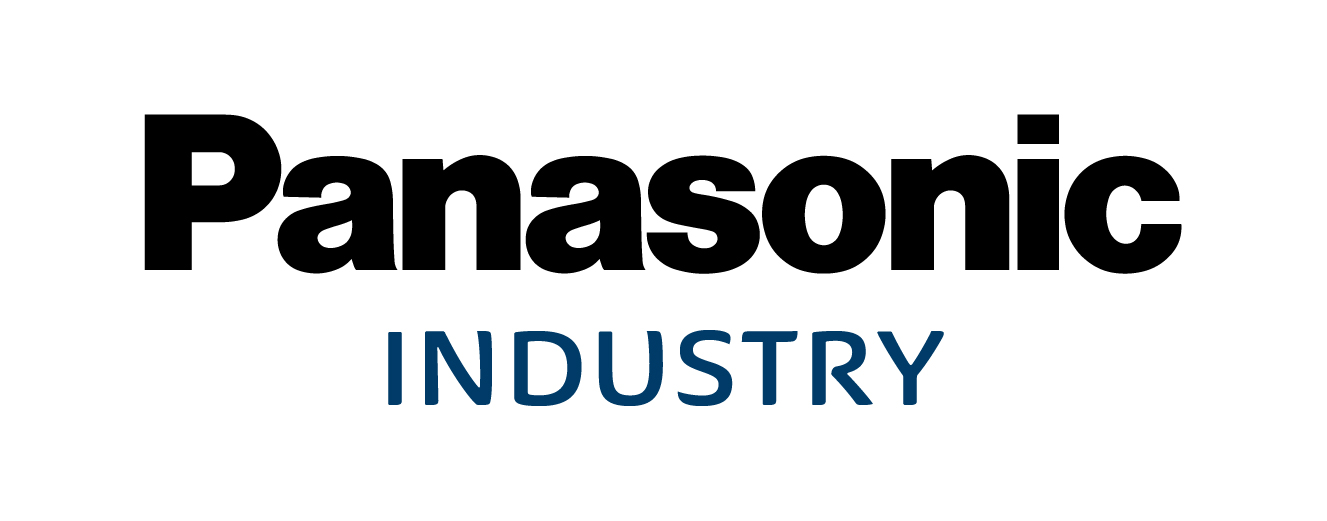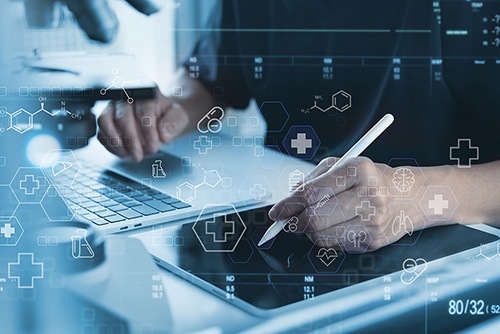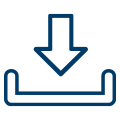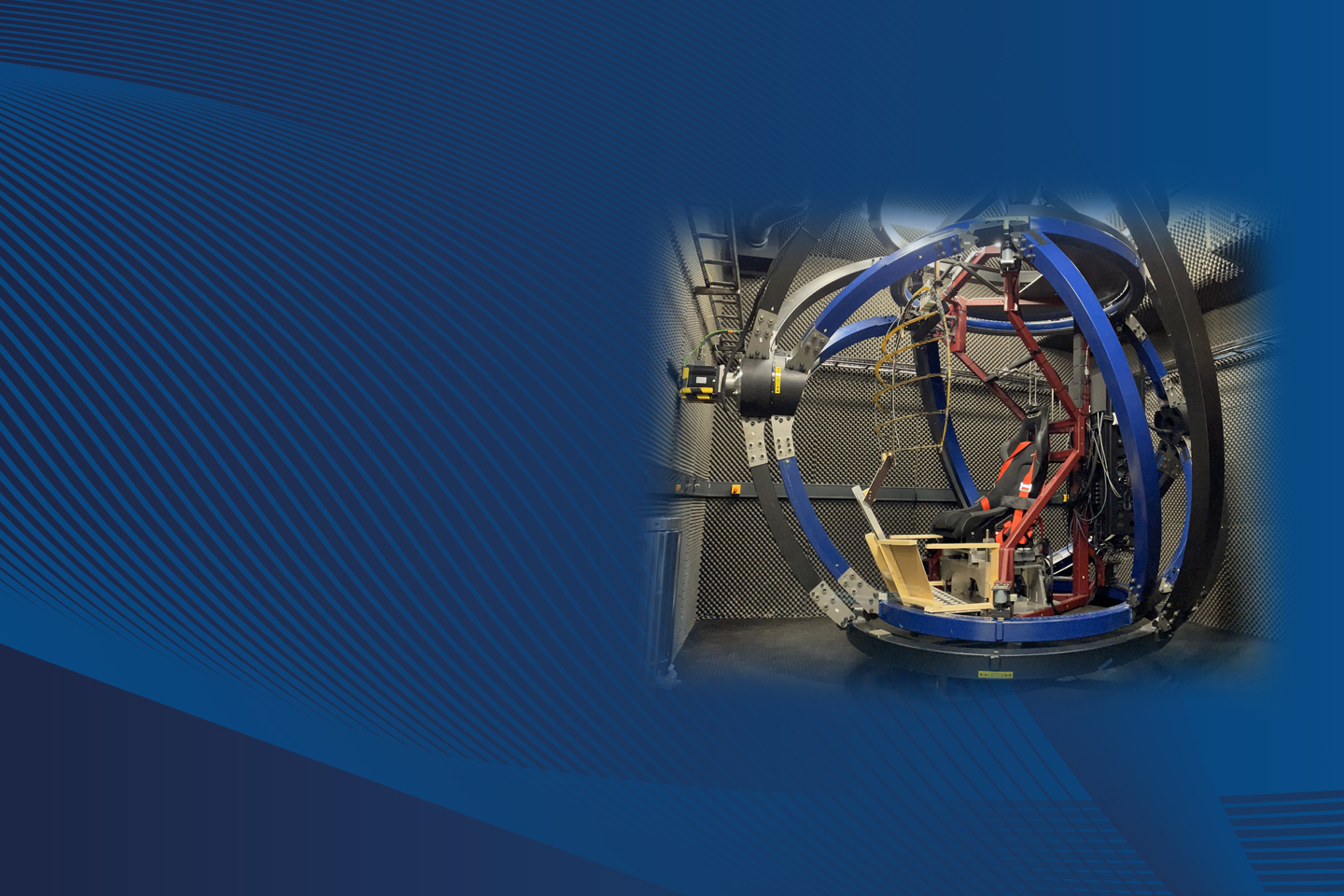
How software and control technology contribute to greater insight
The more we know about our brain, the better we can harness that insight. At Radboud University in Nijmegen, research is in full swing in a laboratory where there is both a pioneering vestibular chair and a set-up with a speaker arm. Two special projects developed to obtain new knowledge and equipped with Panasonic Industry's control technology and software. Last april we visited Radboud University with our team and had the opportunity to ask some questions about the project and why they chose Panasonic Industry. Dive into their insightful comments by reading the article below.
Curious about the vestibular chair and speaker arm in practice? See how advanced they spin around a test subject? Join us at Radboud University's lab and discover in our vlog how technology provides the basis for greater understanding of the brain. Buckle up.
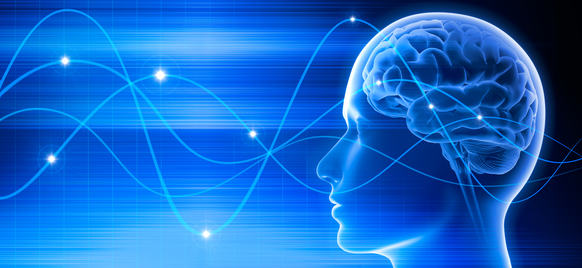
How does the brain process information? What impact does it have on behaviors, cognition and emotions? It is this genuine curiosity that drives science at Radboud University in Nijmegen. Here, at the Donders Institute for Brain, Cognition and Behaviour, understanding how the brain works is central and research focuses on, for example, how we track sound. A fascinating process for neuroscientist Snandan Sharma. "Because how does that tracking work? Nobody knows exactly. Sound comprises only frequencies. So, the brain has to calculate, as it were, where the sound comes from."
Recognising muscle disease
The more grip we get on how the brain works, the more widely we can apply those insights. Snandan, neuroscientist Donders Institute, explains; think about people who use hearing aids and so-called cochlear implants. "More insight into sound perception can improve the functioning of such devices," he says. And what about more knowledge of the balance organ and visual perception, which the research in Nijmegen is also focusing on? According to Snandan, it can contribute to, correct and, above all, provide a timely diagnosis of, for example, the muscle disease MS.
"People with MS have difficulty moving the eyes smoothly. Currently, a doctor often passes in front of someone's eyes with a raised index finger. If the person follows the movement smoothly, it looks like the person has nothing wrong and the doctor may not notice an early stage of MS. With new insights, we can reduce the risk of misdiagnosis."
It's all about the brain

Achieving such results requires research. A lot of research. For which the institute conducts experiments in its own lab and it does so with two measurement setups, each in an acoustic-panelled sound booth. Look inside and it is immediately striking how sophisticated the structures are. Just look at those two blue metal axes, as part of the so-called vestibular chair. Sit in this as a test subject and you turn in several directions during an experiment. While doing so, you react in the dark to, say, a flash of light, and the researchers measure how you do so with eyes, ears, and head. In this way, the experiment provides the necessary data, as it is also collected a little further on via the speaker arm. In the dark, this moves in front of the test subject, giving the researchers more insight into how someone follows sound.
Build as prototypes

There are one or two more universities worldwide with a similar vestibular chair. But apart from that, the installation here in Nijmegen is unique, as is the speaker arm. So, taking both machines off just anywhere was out of the question, says Günter Windau, research engineer at the Donders Institute. "Instead, we built them as prototypes. And we modified them as we went along, in order to use them in the best possible way for research."
That is the main challenge of both machines. After all, research changes and so do the objectives, which means the machines must be updated. Don’t get Günter wrong, he is happy to pick up on such an adaptation. But given the limited capacity of the institute's technical department, external support is certainly welcome. Therefore, it collaborates with other parties, including Panasonic Industry.
Support was the deciding factor
Prior to this collaboration, they were already working with a vestibular chair at the institute. "That one did work," says Günter, "although I was never completely satisfied with it from a technical point of view. Adjustments were quite laborious." Therefore, a new chair was chosen, for which Günter very deliberately looked for an industrial design. "A component such as a PLC would allow us to replace it quickly. And I also told that to the team at Panasonic during an industrial fair, which was able to supply me with the necessary hardware. But what pleased me most was the offer of technical support. During that trade fair, we only found that at Panasonic. And it was precisely this support that we were looking for, if we wanted the new vestibular chair to function properly."
Understanding
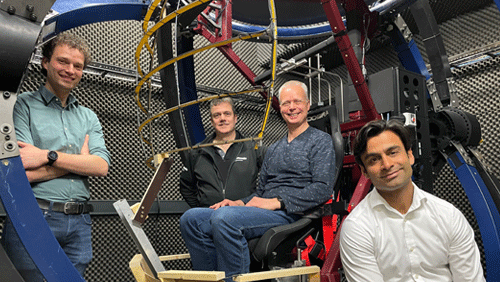
So, a collaboration was formed in which Roy Claessen, application engineer at Panasonic Industry, helped equip the vestibular chair with sensors, two servo drives, the necessary software, and an HMI (Human Machine Interface). A special project, Roy thinks. "Working in a university environment: that alone is fun. Moreover, ever since the start I have been struck by how efficiently we arrive at a solution together. Günter and I quickly know each other's needs. That works nicely." Günter agrees.
"We have the same background, speak the same language. That is important: we are dealing with complex and unique installations. Do we want to change that? And do we need to adapt the software for that? Then I can often explain that to Roy in about two minutes - after which he implements it exactly like that."

According to Günter, it was therefore obvious that later collaboration was also needed for the speaker arm. "That includes, among other things, three Panasonic drives. As well as a Panasonic PLC, for which Roy had already written most of the software because of the vestibular chair. That saved us a lot of time."
Safe and comfortable
Of course, the experiments must be as safe as possible. The European Machinery Directive is the starting point, and there is detection in several places. These include the entrance gates, which prevent anyone from walking into the dark test room during an experiment. In addition, both test rooms contain an emergency stop, although the researchers obviously prefer to stop the machines more comfortably. Because, Snandan notes, the entire process must run smoothly in addition to being safe. "An experiment takes about three hours. We want to avoid people looking back on that with little pleasure."
The plus of the pulse
Ultimately, it is up to the researcher to arrive at the required data with the machines. Whereby the same data should be as complete and detailed as possible, including data on the status of the machine during the experiment. When exactly did the chair start spinning, for example? Such information was unclear until recently, although it is important for a correct interpretation of the experiment. "That's why we added an extra synchronisation pulse," Roy explains. "Adjustment of the software leads to an even better output."
Günter: "In the end, everything is about visibility into the latest possibilities. About the knowledge to connect all those parts together and get them working. We find all that at Panasonic Industry. The way we work together: it has brought us a lot in recent years."
Contribution to society
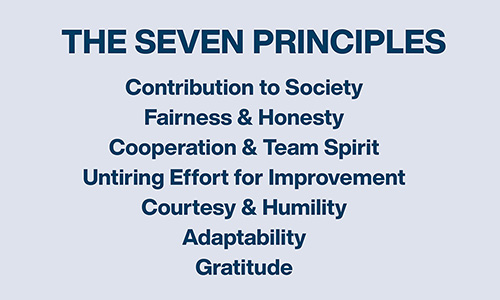
What we do does not stand alone, thought Konosuke Matsushita, founder of Panasonic. Contribution to society formed very explicitly one of the seven principles he set out for the company. And that same contribution to society also prevailed at Radboud University. "In that respect, we differ little from each other," states Roel Lommers, closely involved in the collaboration as key account manager at Panasonic Industry. “We both want to make our contribution. And I think that shared ambition is the basis of our partnership."
Read more about the Donders Institute for Brain, Cognition and Behaviour.
Downloads
| Name | Size | Date | Language |
|---|---|---|---|
| User story Radboud Universiteit - Nederlandse versie | 381 KB | 04.09.2023 | Dutch |
| User story Radboud University - English version | 387 KB | 04.09.2023 | English |
